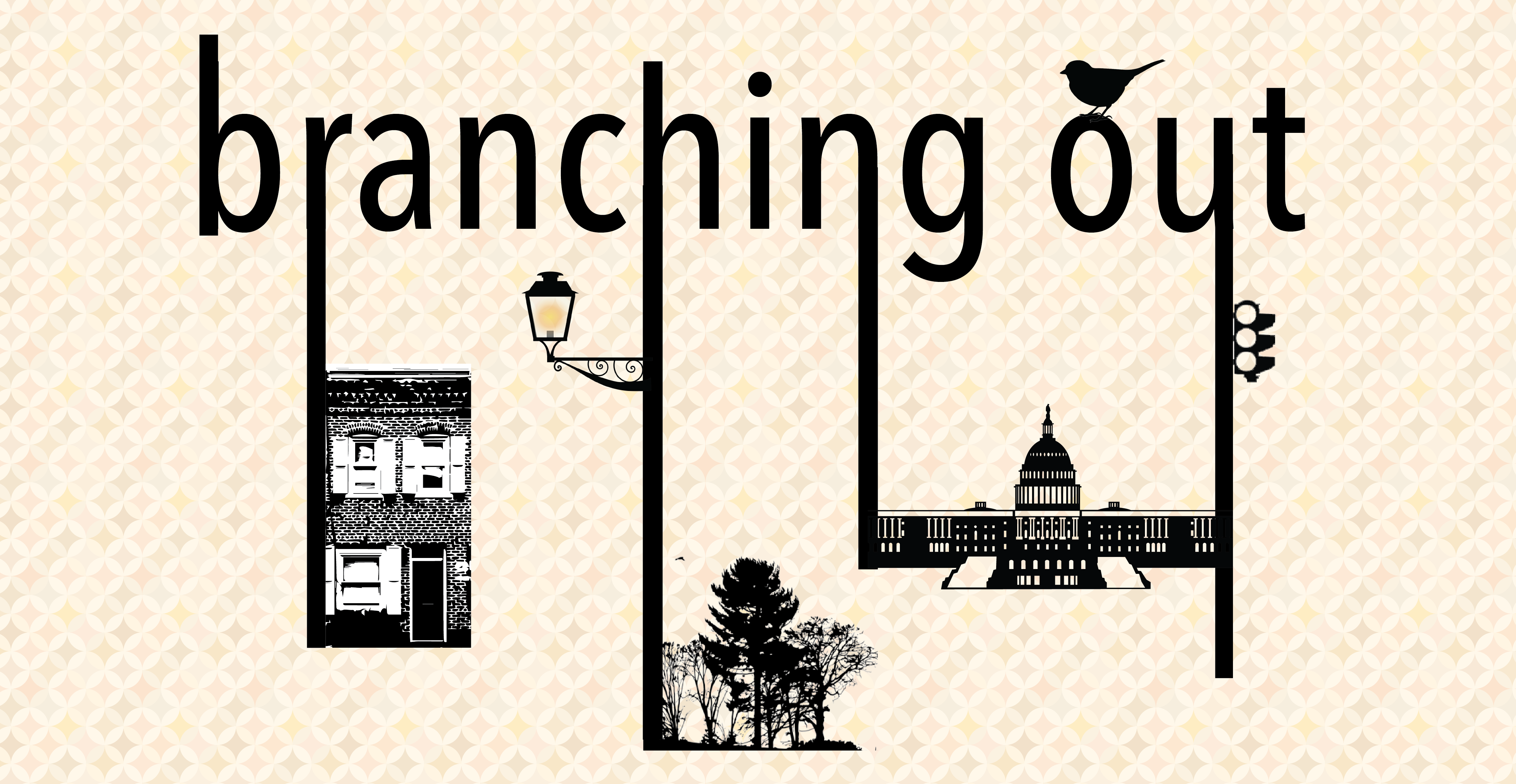“Break the bubble.” I heard those words often in the September of my freshman year. It sounded like kind advice, sometimes, and other times, like a threat–break the bubble, or else.
I started to imagine Georgetown encased in a glassy balloon that stretched from the back of the observatory to the front gates. Each time I escaped those campus boundaries, I felt victorious. I had broken the balloon, burst the bubble. I felt like I was defying the stereotype of the Georgetown kid who never gets as far as 32nd street and spends their days looking down their nose at D.C. from the Hilltop.
So, freshman fall, I walked to Columbia Heights and back on Sundays. I took the metro aimlessly into Washington–the farther along the red line, the better. Most often, I went to coffee shops, sat, read a chapter of a textbook, and then headed back to campus.
And I’m glad I did. I still go to D.C. cafés most weekends. I know the city’s geography better for it. Looking back, though, I understand that buying a latte in Adams Morgan is not really what we mean when we ask freshmen to break the Georgetown bubble. Actually, you could leave campus five times a week and never break it. There’s just more at play here. This is a more complicated conversation, and it’s one we need to get better at having.
Going to coffee shops does not make you think about the issues of race, class, or homelessness in the District. It does not give you much insight into the rich cultural history of the city. And it does not make you reflect on what your own role might be within all of this. Neither does Ubering to a bar on U Street at 10 p.m. and returning a few hours later, or eating out twice a month at a nice restaurant on the Waterfront, or going to a Childish Gambino concert at the Capital One Arena.
We need to learn to think of ourselves as residents not just of Georgetown, but of Washington, D.C. On campus, I see students who are gearing up to run for Congress one day, but at the same time, are seriously uninterested in local politics. I see world-class professors lecturing on everything from international trade to Louis XIV, but hardly a course listing on Washington. I see a thriving music and arts community that’s insulated from the District’s own cultural history.
These disconnects make me nervous. Georgetown is perceived as a separate entity; isolated, elitist, and uninterested in the larger city. This narrative hurts us and polarizes us, and it’s our job as Georgetown students to confront it. We have to get better at engaging with D.C. And we have to move the conversation beyond the “campus bubble.” We need to look at where our bubble is located and why.
That’s not to say that we aren’t looking at all. There are more programs and clubs than I can list here that engage in service, outreach, and exploration outside of Georgetown on a regular basis; from the Center for Social Justice to campus consulting groups. And every year, we tell new freshmen to break the bubble.
It’s not wrong. It’s just that a more fundamental shift is necessary. We need to explore the complexities of that phrase. We need to follow D.C.’s politics, understand its history, and engage with its culture. We need to develop a personal connection with Washington–each of us, as individuals. This can’t be done through a single club or catchphrase.
I see this as an opportunity as much as a duty. This city is vibrant. It has cathedrals, art festivals, and cherry blossoms. Some of the most beautiful memories I think I’ll take away from college have been the times I wandered aimlessly through Washington. I’ve stumbled on free standup comedy shows, socialist rallies, and farmer’s markets. There’s a lot we’re missing out on.
This column will document the ways my co-columnist and I are struggling to break the bubble. It’s a challenge to ourselves as much as to the rest of Georgetown students. We’ll walk through parks and visit cemeteries and read at public libraries. We’ll go to churches and museums. And we’ll share our own stories through the lens of D.C. history, culture, and politics.
It’s not a solution, but it’s a start. You can take it from there.
Branching Out is a bi-weekly column written by Katya Schwenk and Renny Simone. This column is focused on promoting greater understanding of Washington, D.C., discussing how we can be more conscious, informed, and engaged residents of the District. Branching Out appears online every other Friday.





